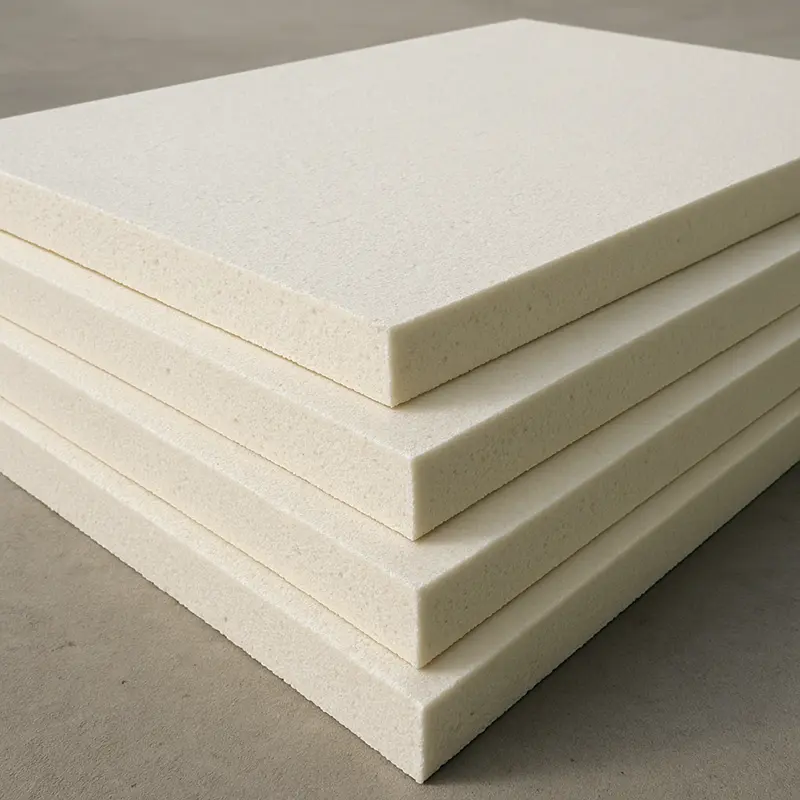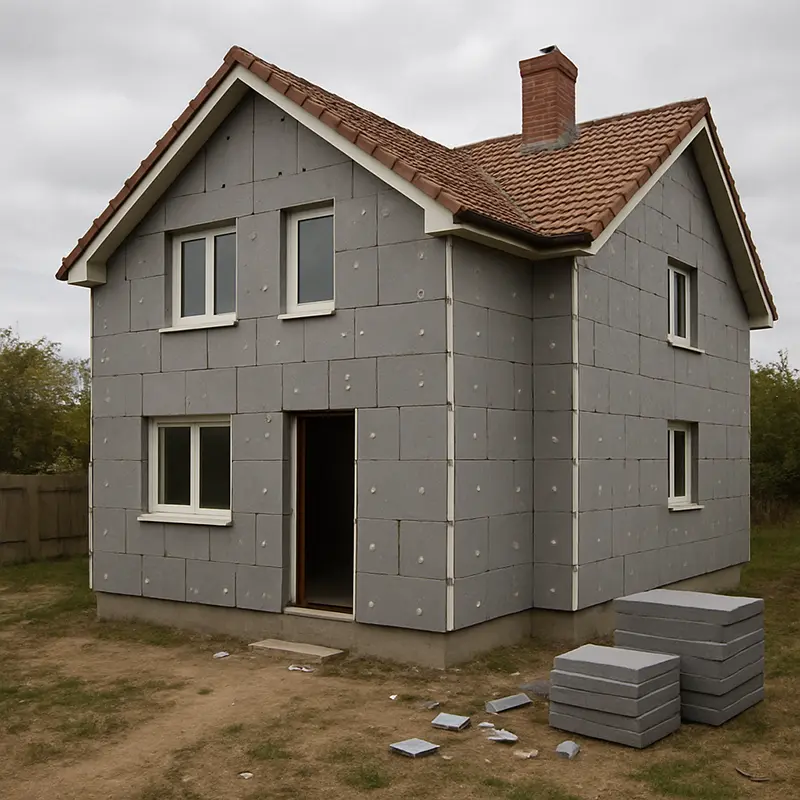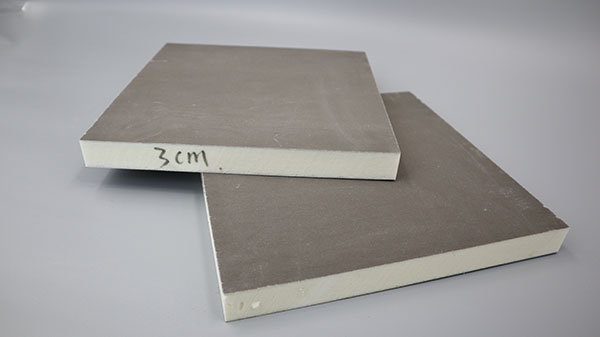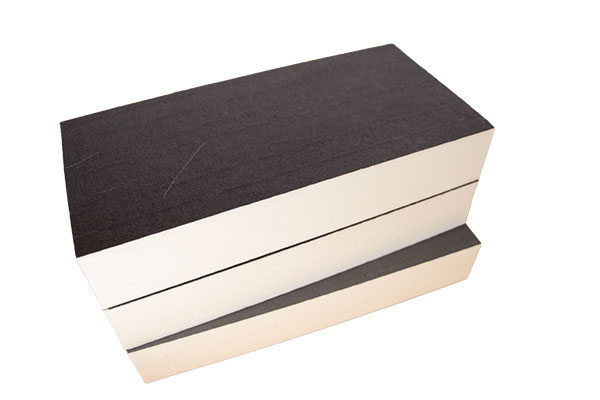The construction industry continually evolves with innovative materials and solutions that enhance building efficiency, sustainability, and comfort. These advancements not only address immediate construction needs but also align with long-term goals of sustainability and environmental stewardship. One such advancement is the use of insulation boards. These boards are versatile, providing thermal insulation and contributing to energy efficiency. As the demand for green building solutions increases, insulation boards offer a practical and effective way to meet these needs. Let’s delve into the benefits of using insulation board in construction and how it can significantly impact your building projects.

Insulation boards, also known as insulation panels
or thermal insulation sheets, are rigid boards used to insulate various parts of a building. These boards come in various materials like PIR (Polyisocyanurate), EPS (Expanded Polystyrene), and XPS (Extruded Polystyrene), each offering unique properties tailored for specific applications. Their composition allows them to provide superior thermal resistance compared to traditional insulation materials, making them a preferred choice in modern construction.
The versatility of insulation boards is another key advantage. They can be used in a wide range of applications, from residential homes to commercial buildings, and even in industrial settings. This adaptability makes them an essential component in diverse construction projects. Additionally, their ability to improve indoor air quality by reducing drafts and preventing moisture infiltration further enhances their value in creating comfortable living and working environments.
Types of Insulation Boards
- PIR Insulation Board: Known for its excellent thermal performance, PIR boards are highly effective for roof and wall insulation. They provide high resistance to heat flow, making them ideal for use in both hot and cold climates. Moreover, PIR boards are known for their fire resistance, adding an extra layer of safety to any structure.
- EPS Insulation Panel: Lightweight and cost-effective, these panels are commonly used for loft and cavity wall insulation. EPS panels are easy to handle and install, making them a popular choice for both new constructions and retrofitting projects. Their affordability does not compromise their performance, as they still offer significant thermal insulation benefits.
- XPS Insulation Board: Offers superior moisture resistance, making it ideal for below-grade and damp environments. XPS boards are particularly useful in areas prone to flooding or high humidity, as they maintain their insulating properties even when exposed to moisture. Their durability and strength also make them suitable for heavy-duty applications, such as under concrete slabs.
Key Benefits of Insulation Boards
Energy Efficiency

Insulation boards are pivotal in reducing energy consumption. They form a barrier that minimizes heat loss in winter and keeps interiors cool during summer. By maintaining a consistent indoor temperature, they reduce the need for heating and cooling systems, which can significantly lower energy bills. This energy efficiency not only benefits the building owners financially but also contributes to global efforts to reduce energy consumption and greenhouse gas emissions.
Furthermore, the use of insulation boards can enhance the energy rating of a building, potentially increasing its market value. As energy efficiency becomes a more prominent factor in property evaluations, the investment in high-quality insulation can yield long-term financial returns. Additionally, many regions offer incentives or rebates for buildings that achieve certain energy efficiency standards, providing further motivation to incorporate insulation boards into construction projects.
Easy Installation
Insulation boards are designed for ease of use. Their rigid nature allows for quick installation without the need for specialized tools or skills. They can be cut to fit various spaces, ensuring a snug fit that optimizes thermal performance. This ease of installation translates to reduced labor costs and shorter construction timelines, making insulation boards a cost-effective choice for builders.
Moreover, the straightforward installation process allows for flexibility in design and application. Whether used in new builds or renovations, insulation boards can be seamlessly integrated into a variety of construction types and styles. This adaptability ensures that they can meet the unique demands of each project, providing consistent performance across different building environments.
Space-Saving
Thin insulation boards, such as those made from PIR, offer high thermal resistance with minimal thickness. This feature is particularly beneficial in urban areas where space is at a premium. By opting for thin insulation sheets, builders can maximize interior space without compromising on insulation quality. This ability to save space while maintaining performance is crucial in densely populated areas where every square foot counts.
In addition, the space-saving aspect of insulation boards can lead to innovative architectural designs. Architects and builders can explore creative solutions to maximize usable space, knowing that the insulation will not detract from the overall aesthetics or functionality of the building. This flexibility opens up new possibilities in building design, allowing for more efficient and aesthetically pleasing constructions.
Applications of Insulation Boards
Изоляция стен
Insulation panels for walls
are crucial for preventing heat transfer. By installing thermal boards for walls, you can enhance the building’s energy efficiency and reduce noise pollution, contributing to a more comfortable living or working environment. Wall insulation is particularly important in multi-story buildings where heat loss or gain can significantly impact energy use and occupant comfort.
Additionally, insulating walls can improve the structural integrity of a building by protecting it from moisture-related issues such as mold and mildew. This protection extends the lifespan of the building materials, reducing maintenance costs and ensuring a healthier indoor environment. Moreover, the added noise reduction from insulated walls can create a more peaceful and productive atmosphere, especially important in urban or high-traffic areas.
Roof and Loft Insulation
Loft insulation boards are essential for insulating attics and roofs. They prevent heat from escaping through the roof, which is a common area for energy loss in homes. A well-insulated loft can lead to significant savings on energy bills and improve the overall thermal comfort of a building. By retaining heat during the colder months and reflecting it during the warmer months, roof insulation contributes to a balanced indoor climate year-round.
Furthermore, roof and loft insulation can protect roofing materials from extreme temperature fluctuations, reducing the risk of damage and extending the roof’s lifespan. This protection is especially valuable in areas prone to harsh weather conditions, where roofing repairs can be costly and disruptive. Investing in quality insulation can ultimately result in fewer repairs and replacements, offering peace of mind and financial savings over time.
Floor Insulation
Rigid insulation boards can be used under floors to prevent cold from seeping through the ground. This application is particularly useful in buildings with concrete floors, offering a warmer and more comfortable surface underfoot. Floor insulation not only contributes to energy efficiency but also enhances the overall comfort of a building by eliminating cold spots and drafts.
In addition, insulating floors can provide soundproofing benefits, reducing noise transmission between floors and creating a quieter indoor environment. This is especially beneficial in multi-level residential or commercial buildings where noise control is a priority. Moreover, by reducing heat loss through the floor, insulation contributes to a more sustainable building, aligning with modern green building standards and practices.
Environmental Impact
The use of insulation boards not only benefits building efficiency but also has a positive environmental impact. By reducing the energy needed for heating and cooling, insulation boards help lower carbon emissions. This reduction contributes to global efforts to combat climate change by decreasing the carbon footprint of buildings, one of the largest sources of greenhouse gas emissions worldwide.
Additionally, many insulation materials are recyclable, further contributing to sustainable building practices. The ability to recycle these materials at the end of their life cycle minimizes waste and conserves natural resources. This commitment to sustainability reflects a growing trend in the construction industry to prioritize eco-friendly solutions, ensuring that new developments are both energy-efficient and environmentally responsible.
Durability and Longevity
Insulation boards are built to last. They withstand the test of time, maintaining their insulating properties over decades. This durability ensures that once installed, the insulation boards will continue to perform effectively without the need for frequent replacements. This longevity not only saves money on maintenance but also reduces the environmental impact associated with manufacturing and installing new materials.
Furthermore, the robust nature of insulation boards makes them resistant to various environmental factors, including moisture, pests, and physical damage. This resistance adds to their long-term value, as they continue to protect the building’s structural integrity and indoor environment. By choosing durable insulation solutions, builders and property owners can invest in the long-term performance and sustainability of their projects.
Cost-Effectiveness
While the initial cost of insulation boards may be higher than traditional insulation methods, the long-term savings on energy bills often offset this. Moreover, with options like cheap insulation boards and solid insulation boards, there are solutions available for various budget constraints. The upfront investment in quality insulation is often justified by the reduction in ongoing energy costs and the potential for increased property value.
In addition, the cost-effectiveness of insulation boards can be enhanced through government incentives and rebates for energy-efficient building materials. These financial benefits make insulation boards an attractive option for both new constructions and retrofits. By considering the total cost of ownership, which includes energy savings and potential rebates, insulation boards emerge as a financially sound investment for sustainable construction.
Choosing the Right Insulation Board
When selecting an insulation board
, consider factors such as the specific application, climate, budget, and desired thermal performance. Consulting with a construction professional can also provide insights into the best material and thickness for your project. Each type of insulation board has its strengths, and understanding these can help ensure the selection aligns with the building’s needs and environmental conditions.
It’s also important to consider the long-term goals of the project, such as energy efficiency targets or sustainability certifications. By aligning insulation choices with these objectives, builders can ensure that their projects meet or exceed industry standards. This alignment not only enhances the building’s performance but also supports broader environmental and economic goals, contributing to a more sustainable future.
Заключение
Incorporating insulation boards into your construction projects offers numerous benefits, from improving energy efficiency and reducing costs to enhancing comfort and sustainability. Whether for walls, roofs, or floors, these boards are a versatile and effective solution for modern building needs. By choosing the right type of insulation board, you can ensure a durable and efficient building that stands the test of time.
insulation boards are a worthy investment for any construction project aiming for efficiency and sustainability. With various types available to suit different applications and climates, they offer a flexible solution to enhance the thermal performance of buildings. As the construction industry continues to prioritize energy efficiency and environmental responsibility, insulation boards will undoubtedly play a critical role in shaping the future of building design. By investing in high-quality insulation solutions, the industry can move towards a more sustainable and energy-conscious future, benefiting both the environment and society as a whole.

